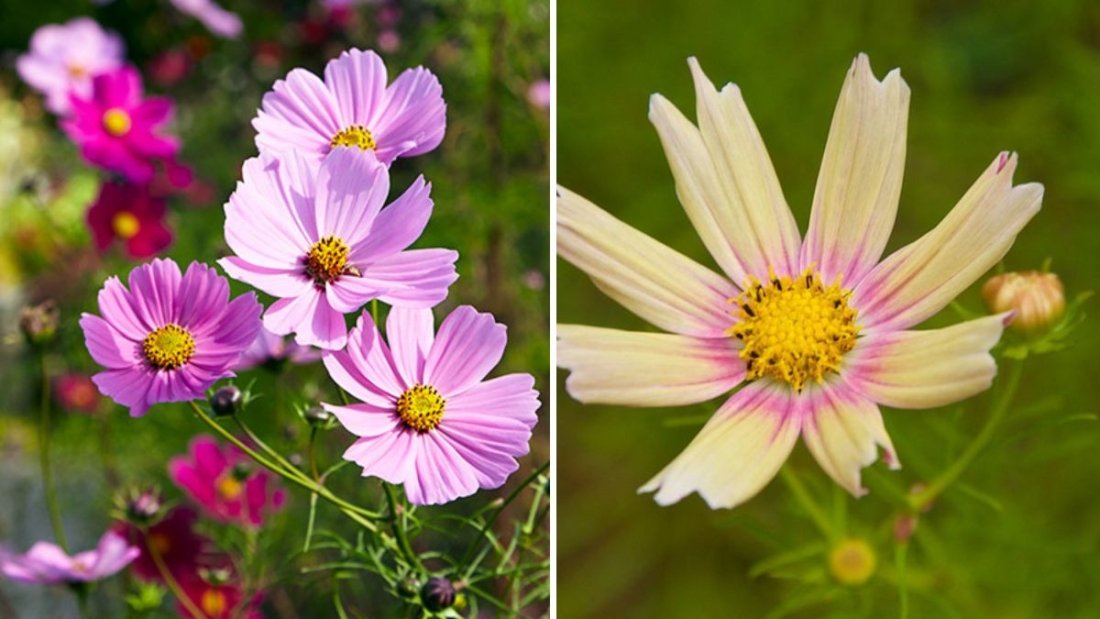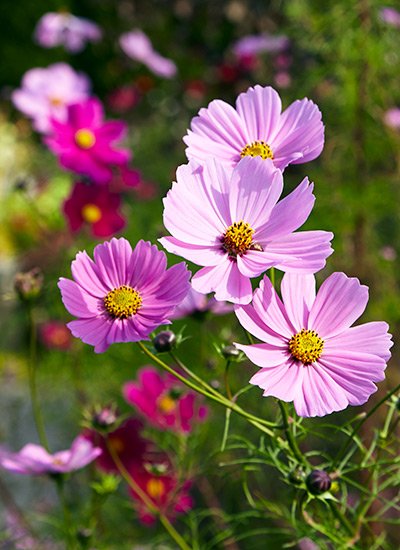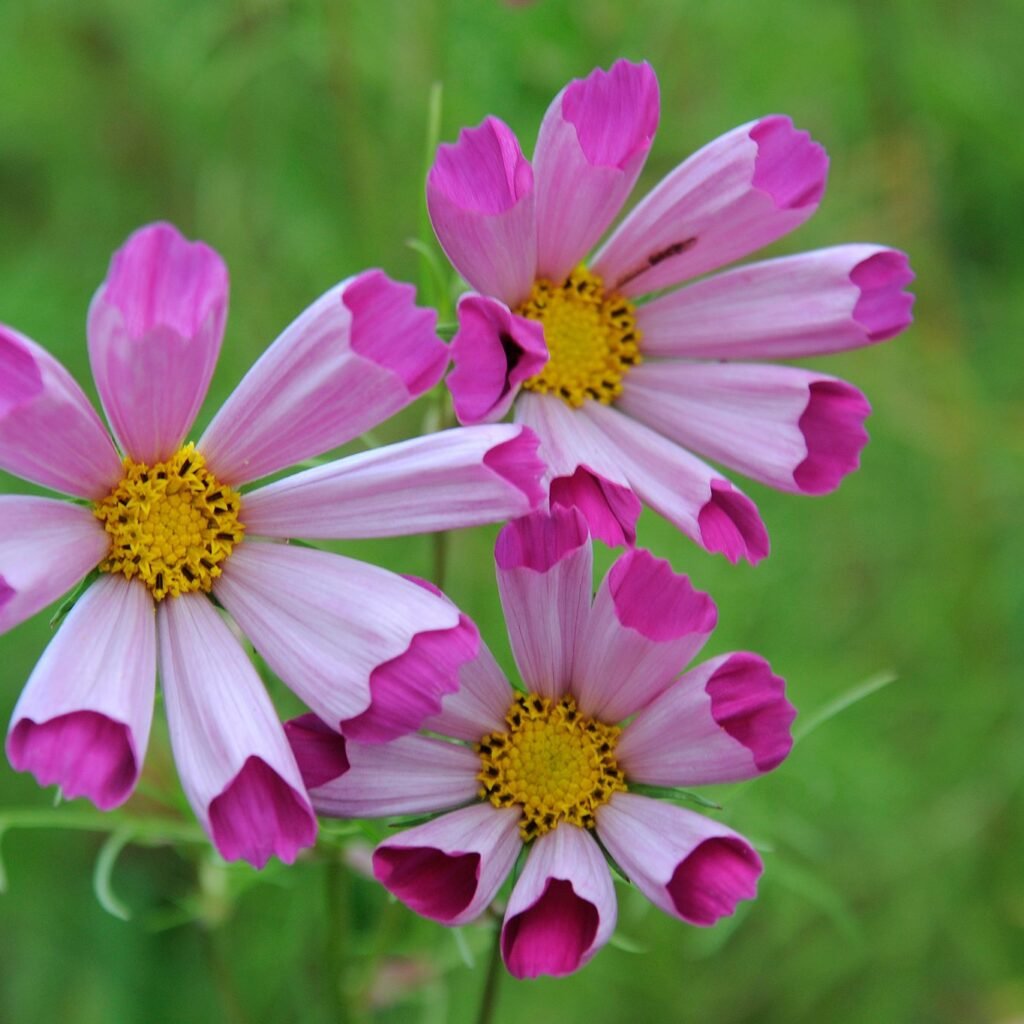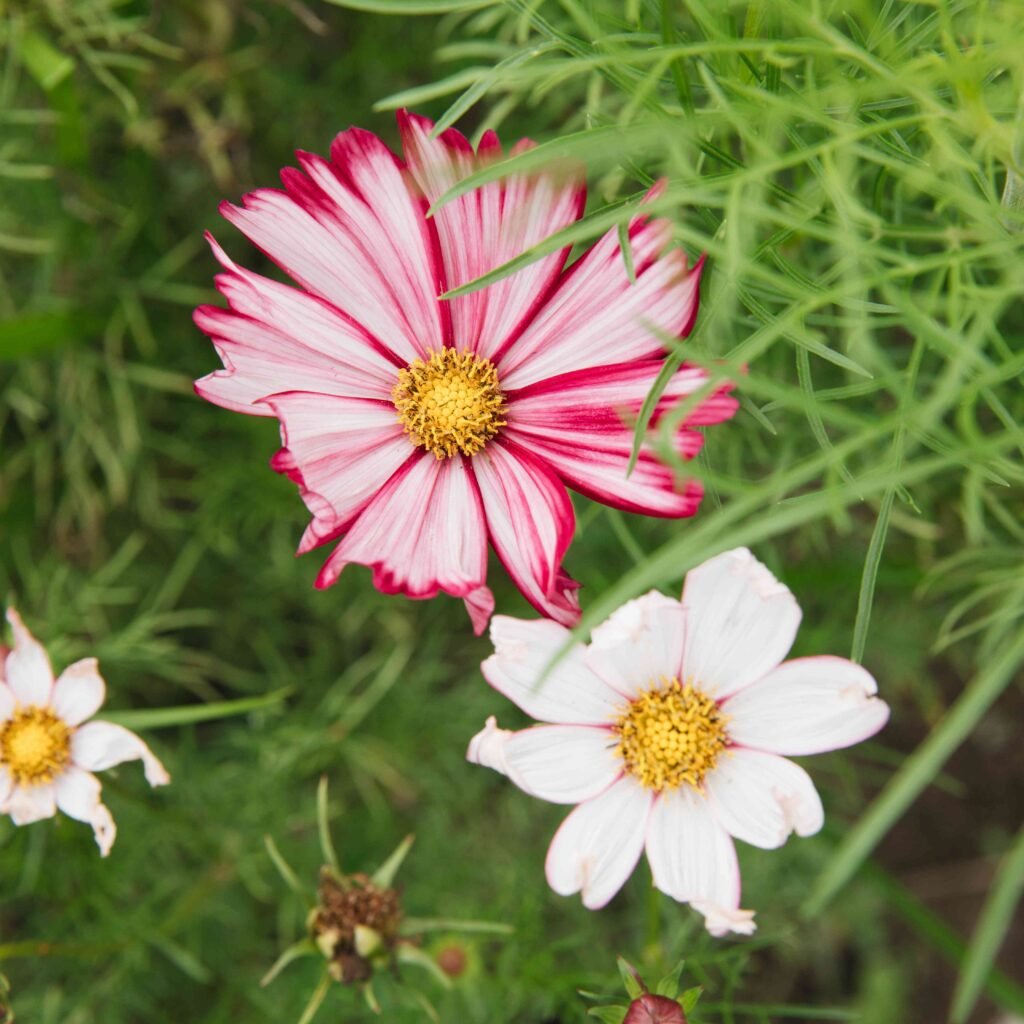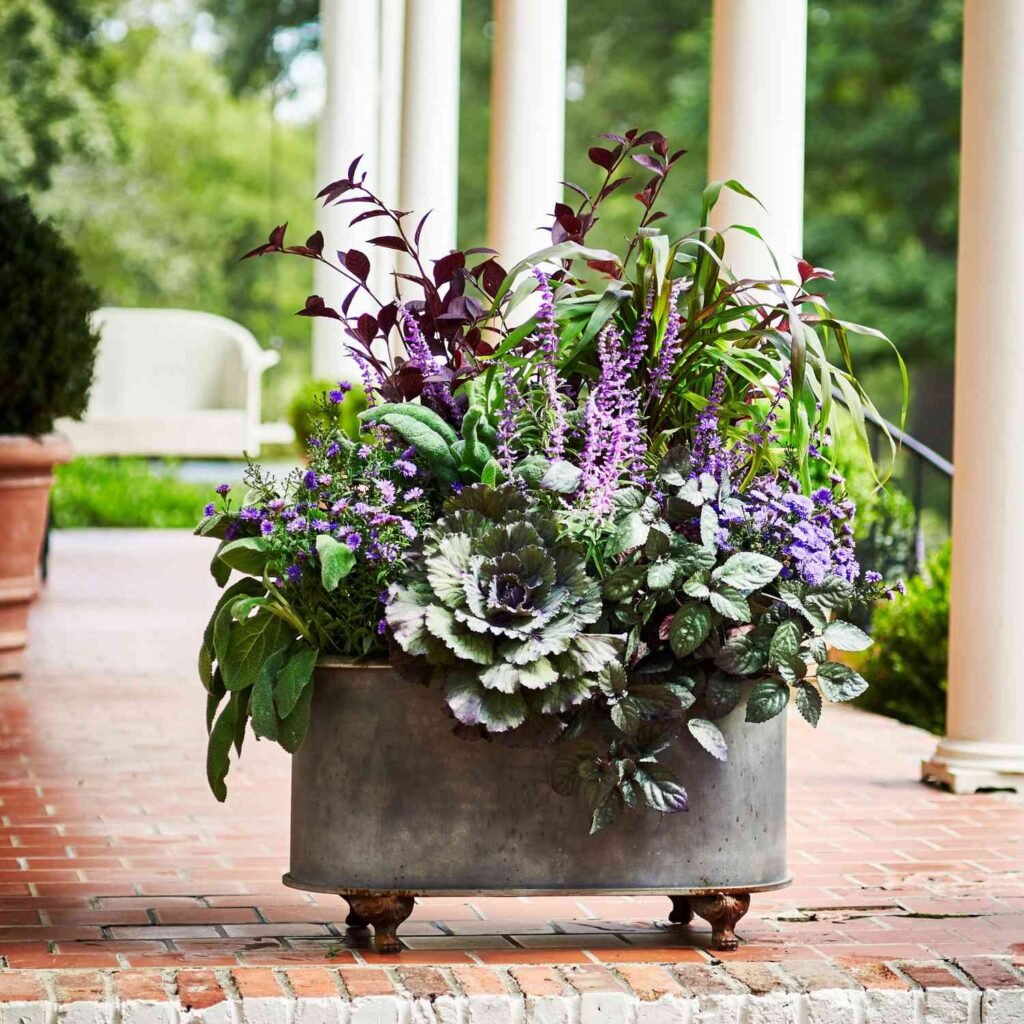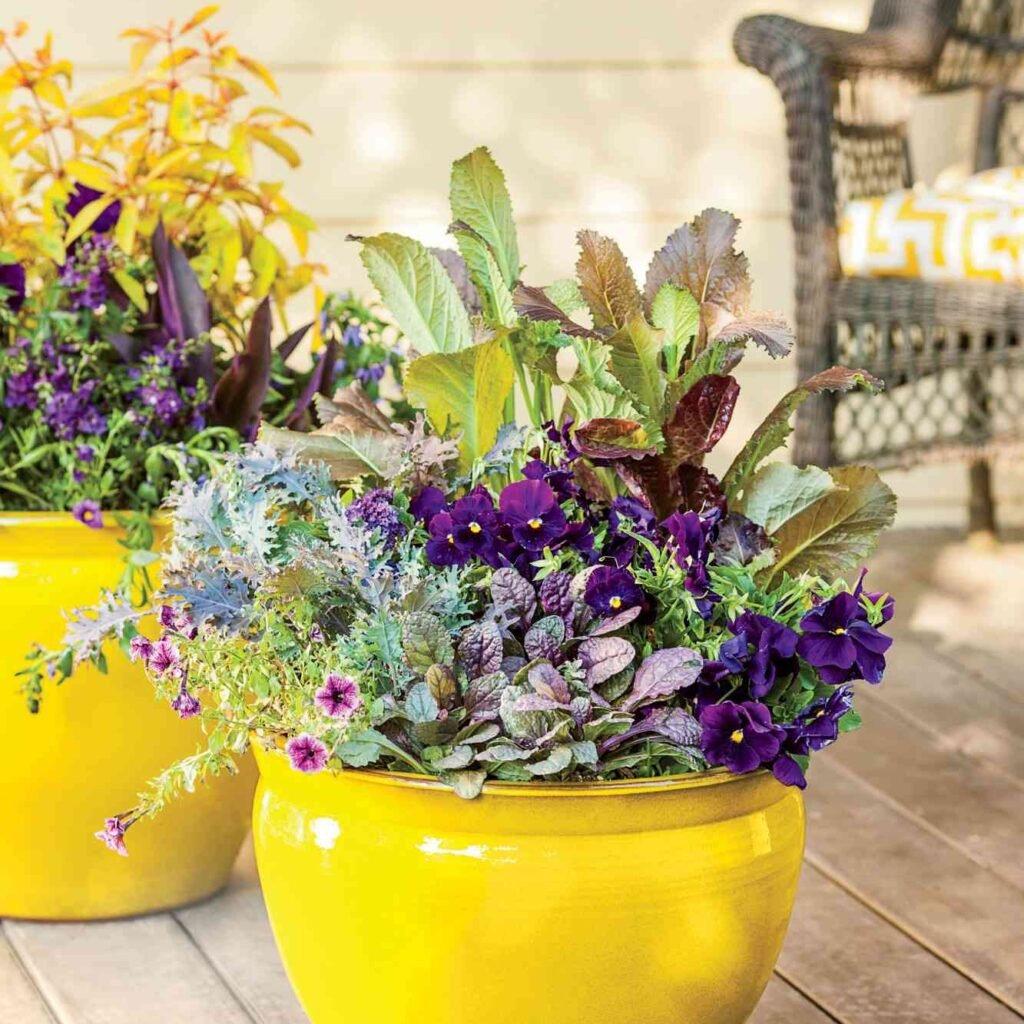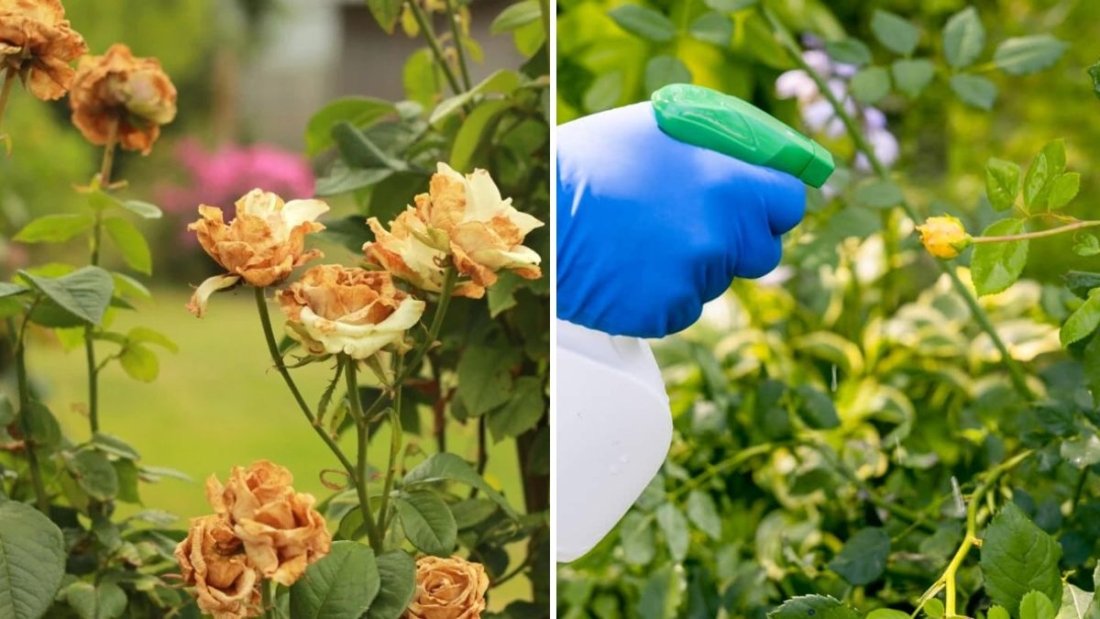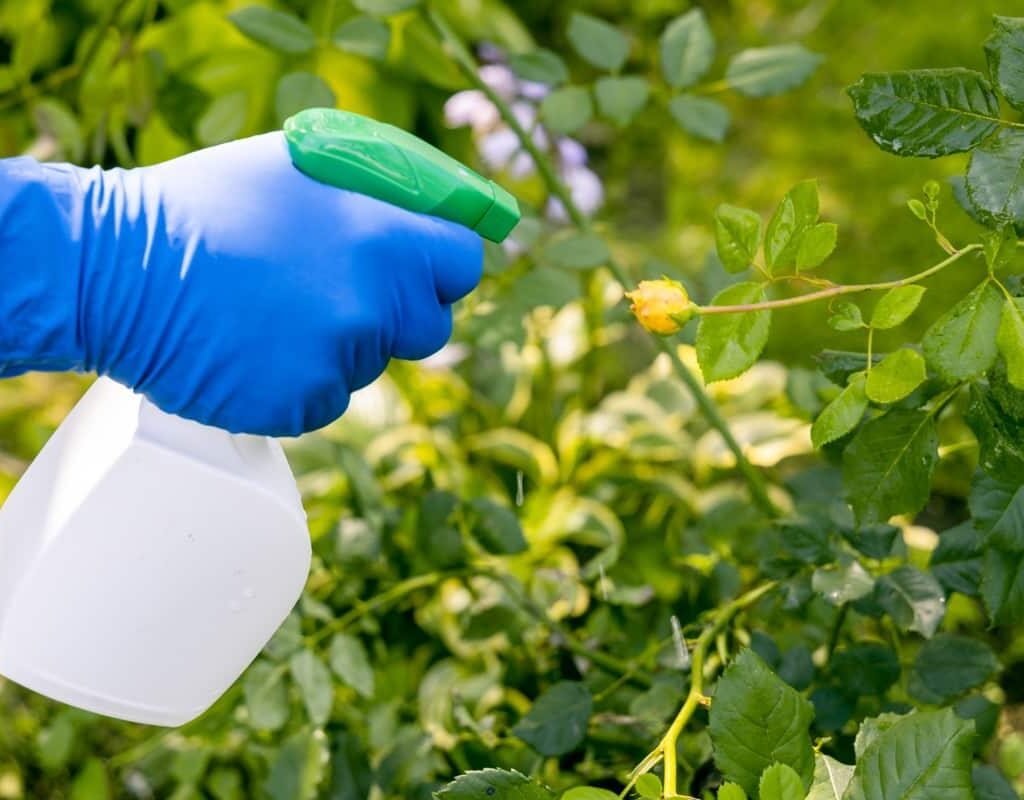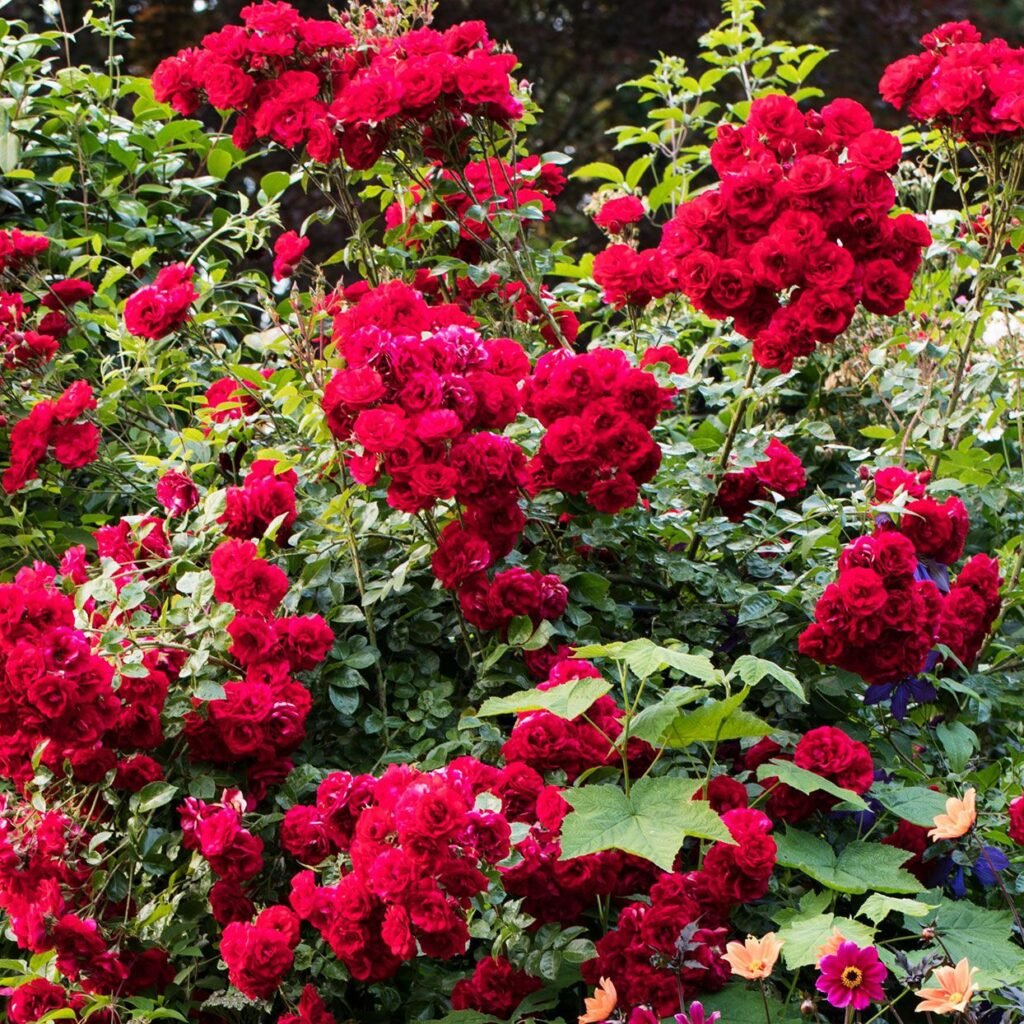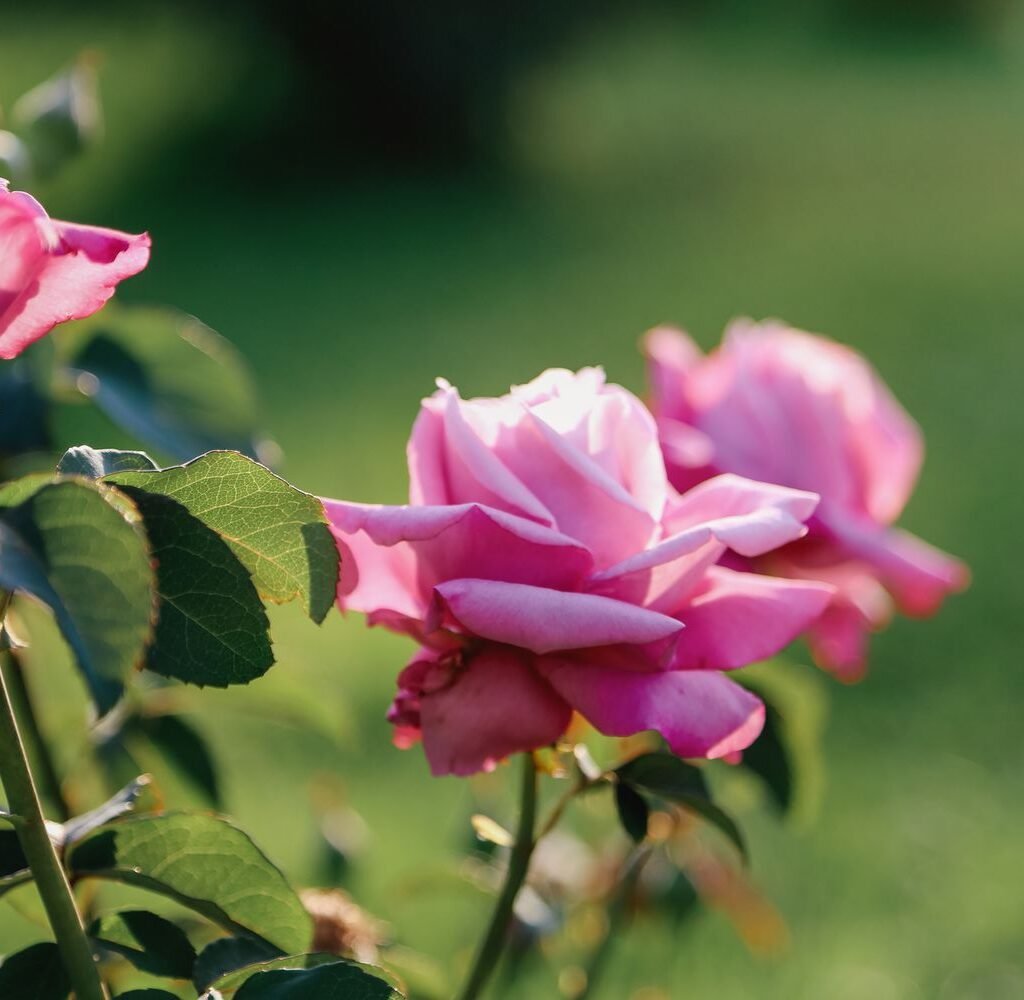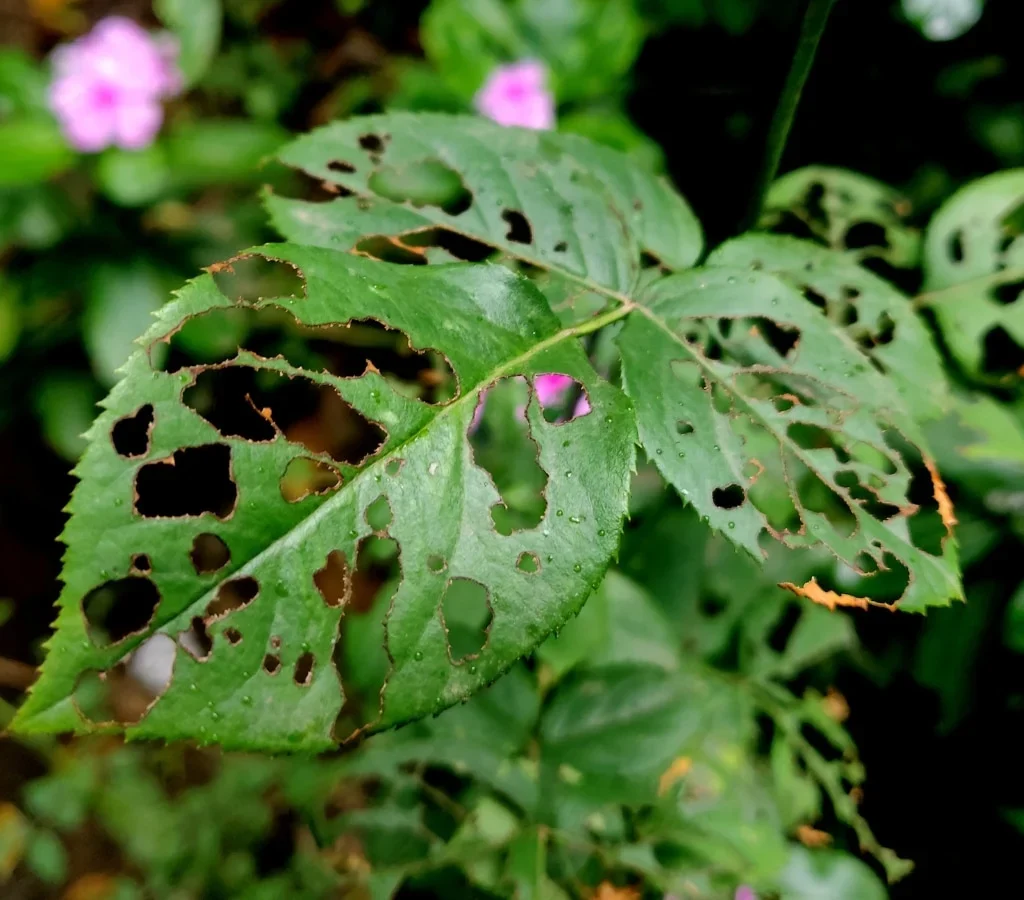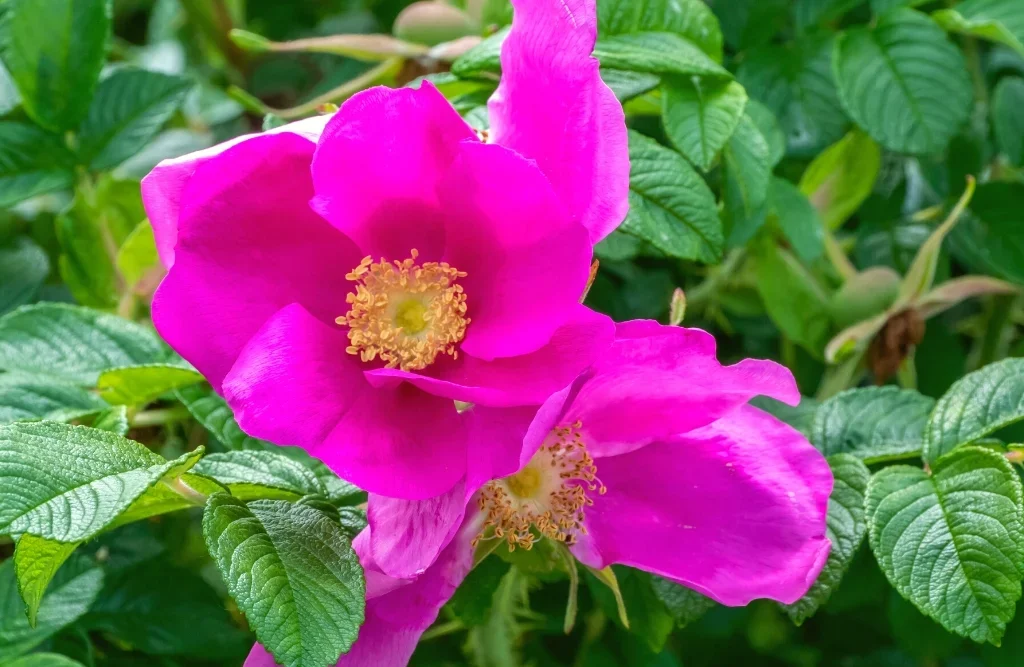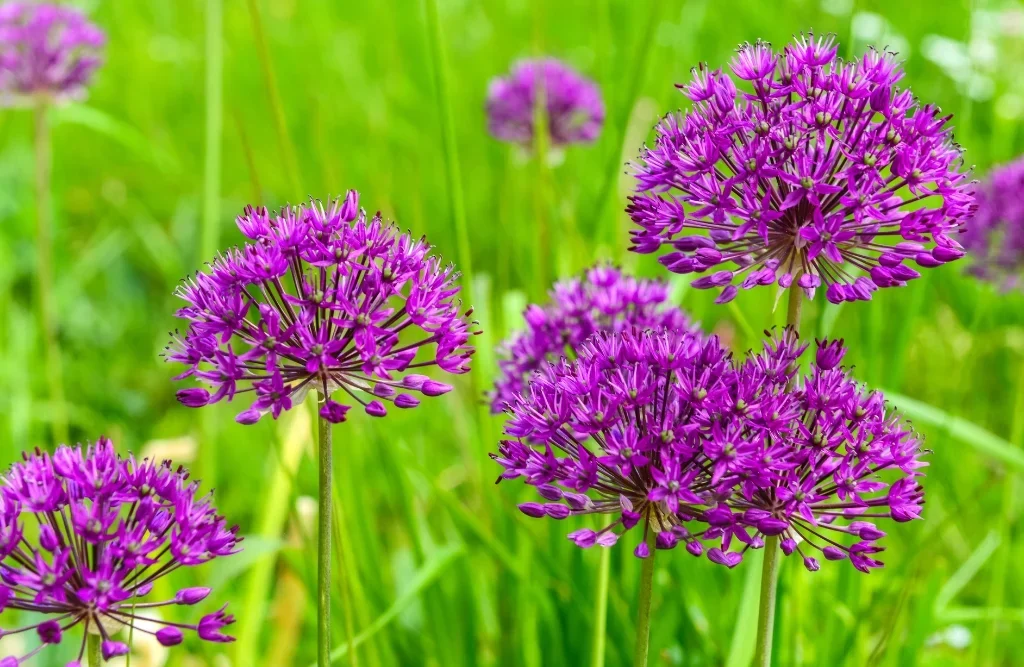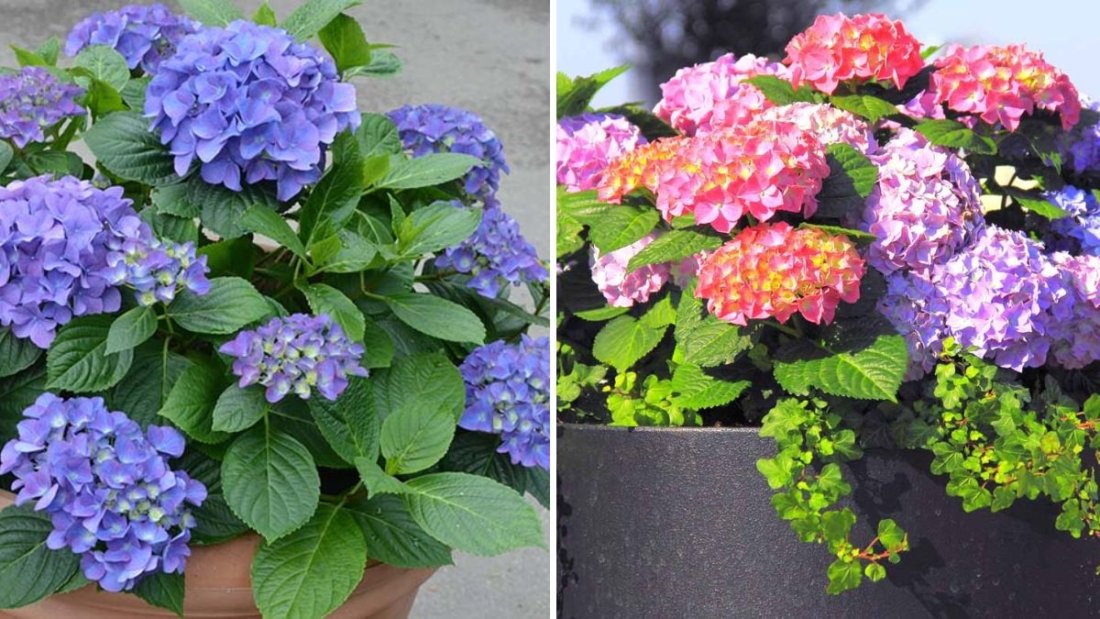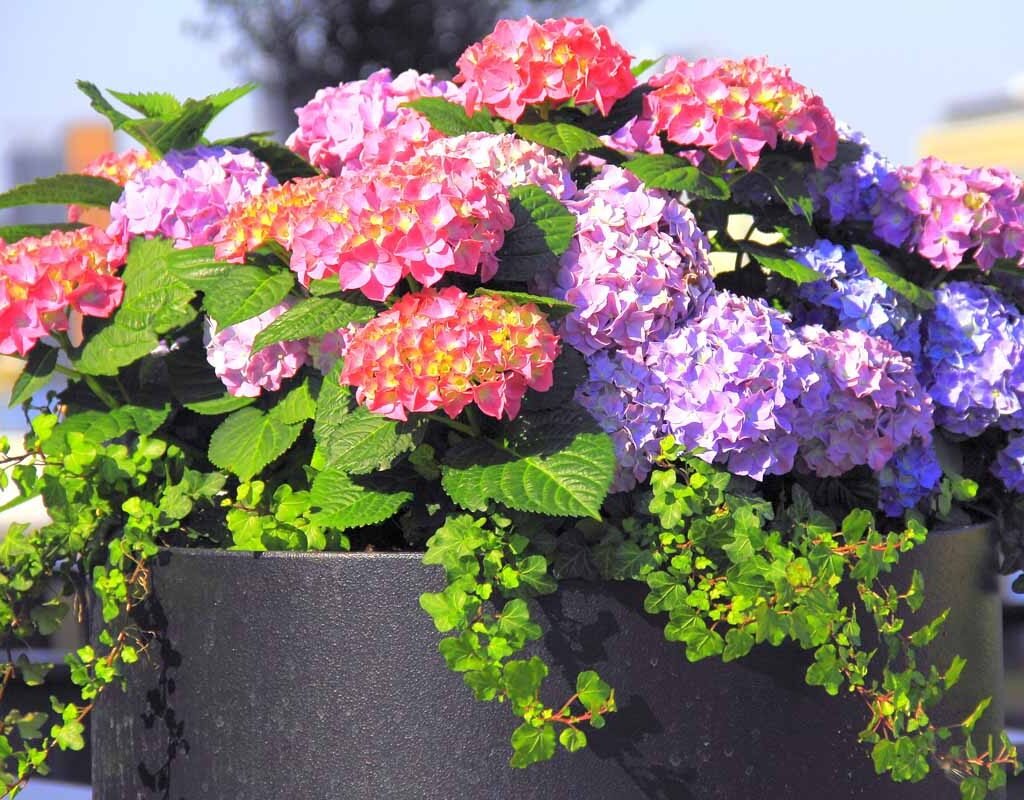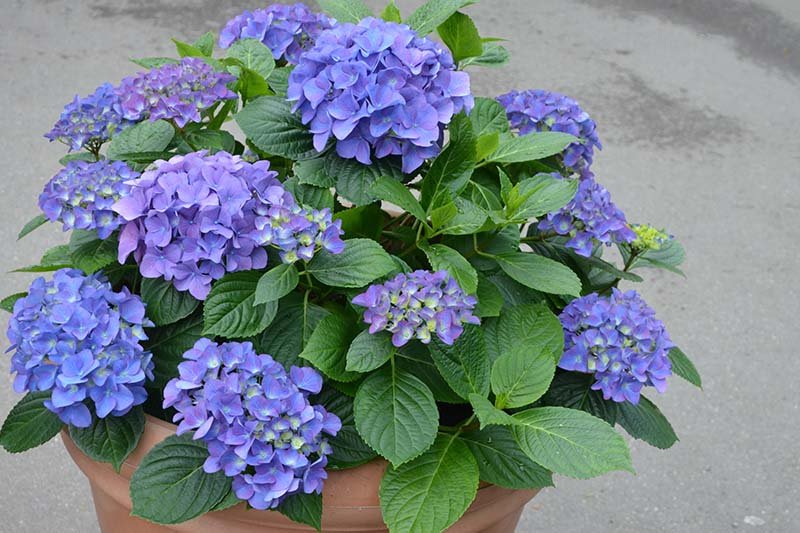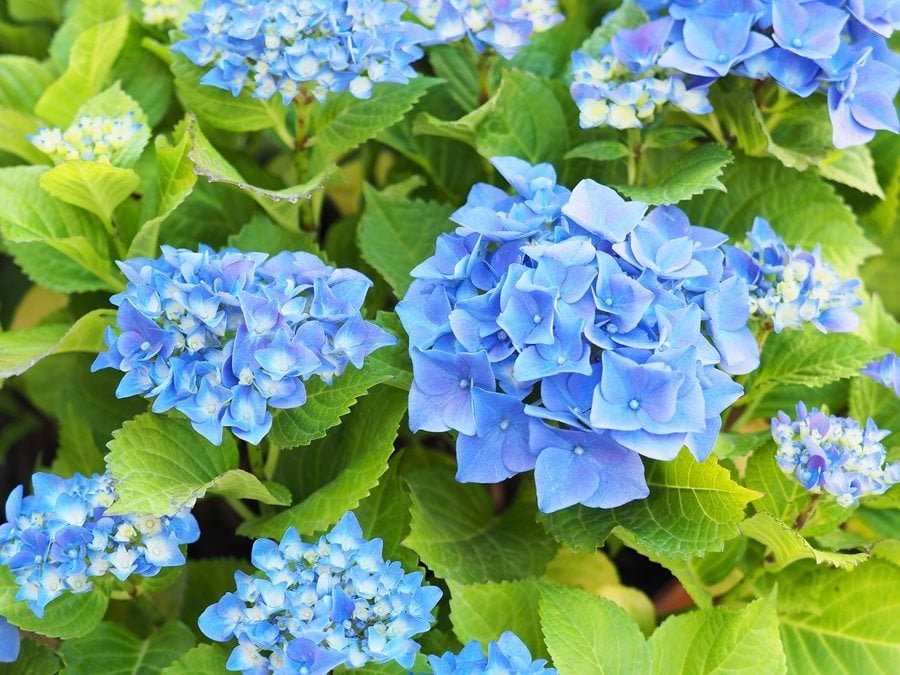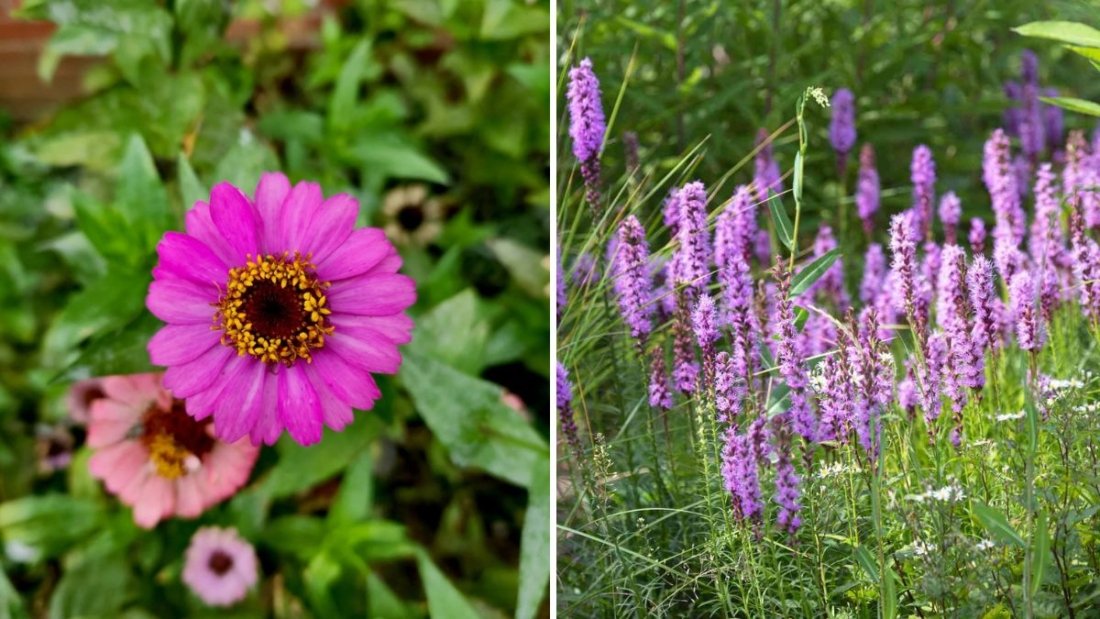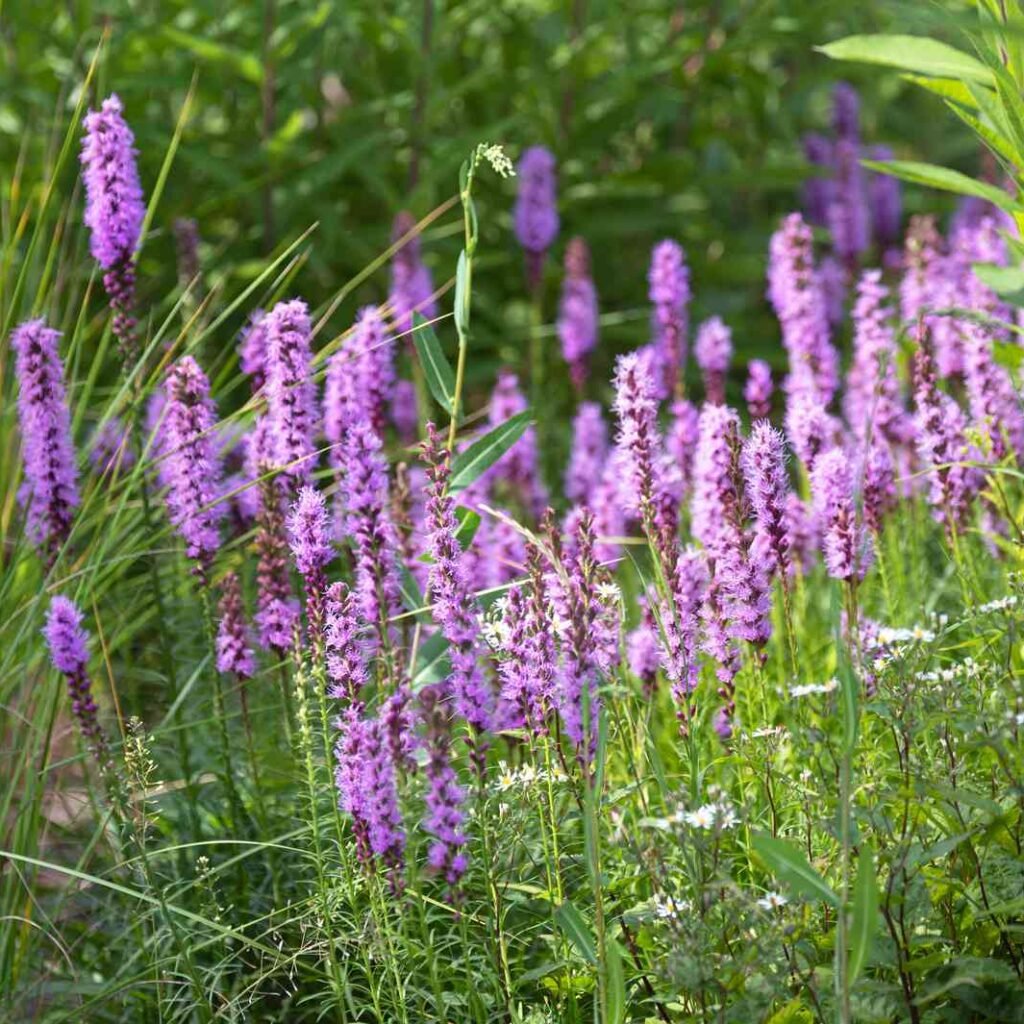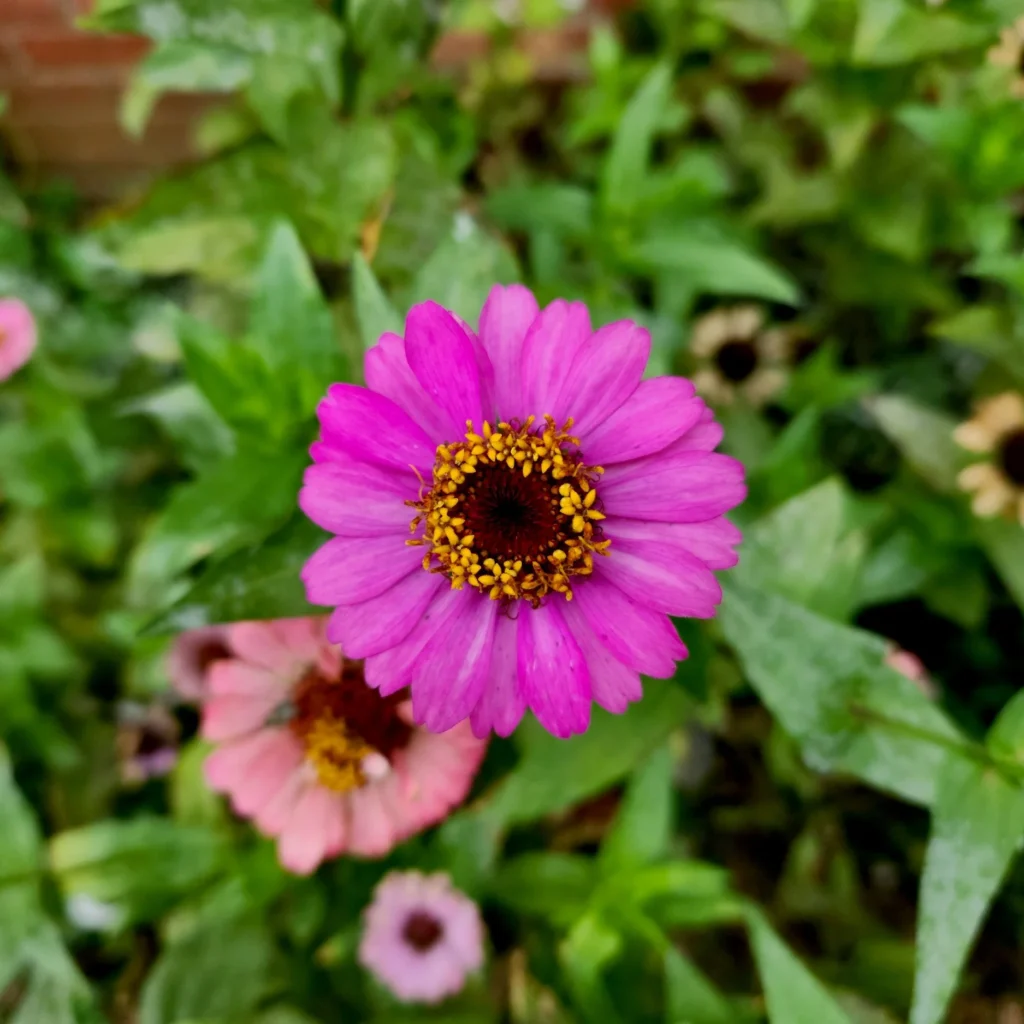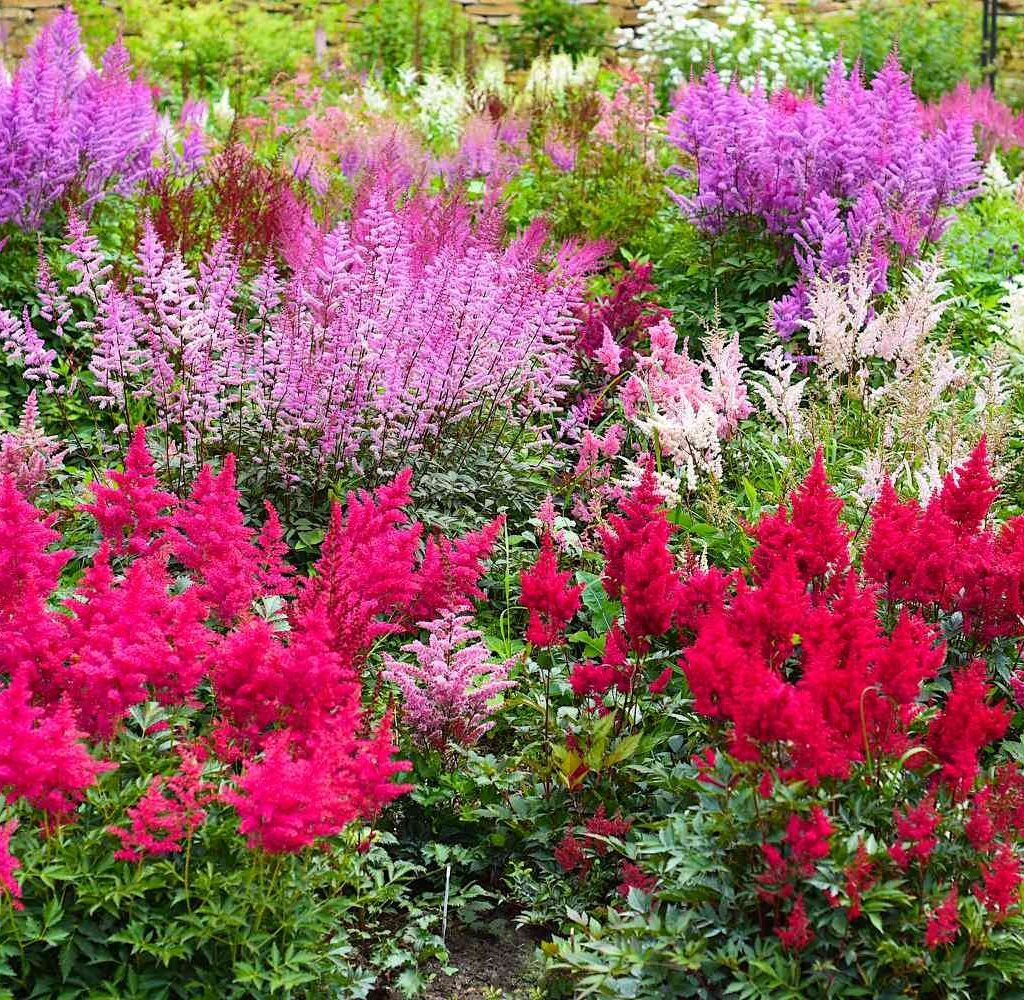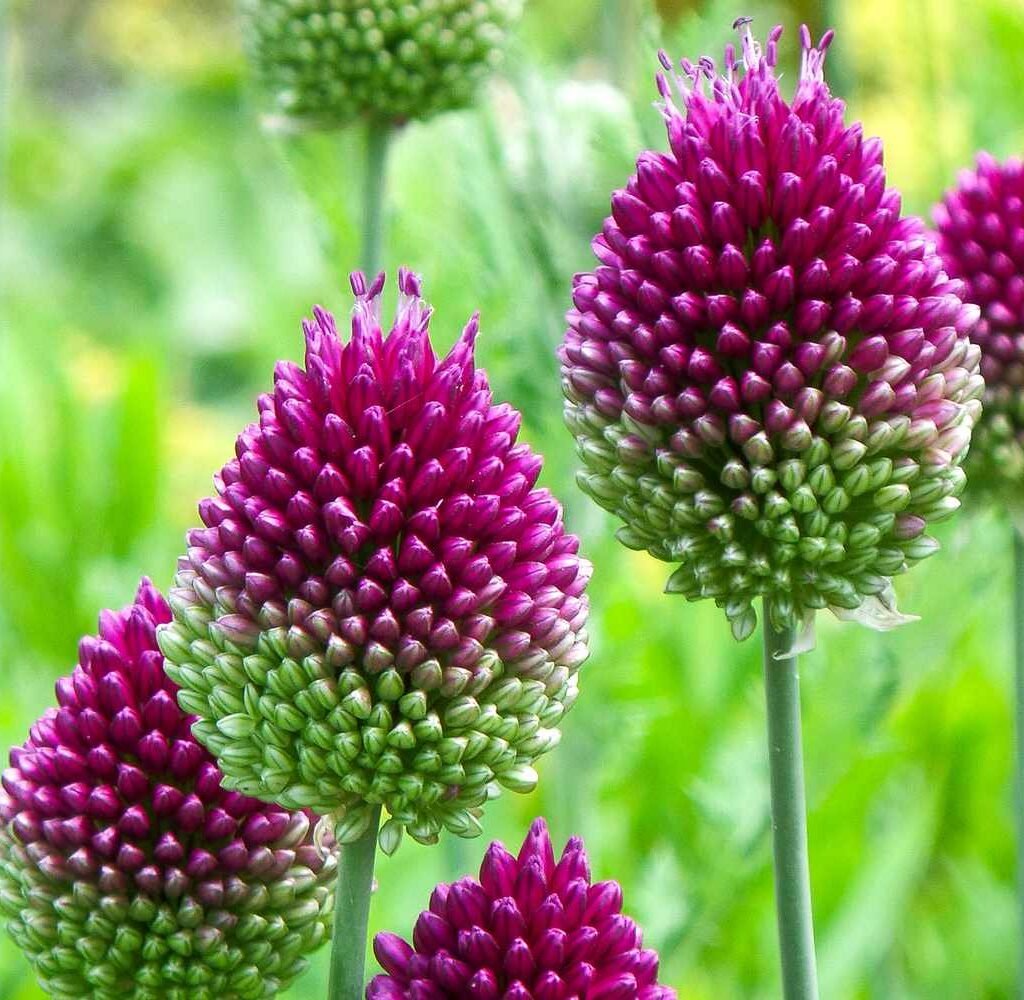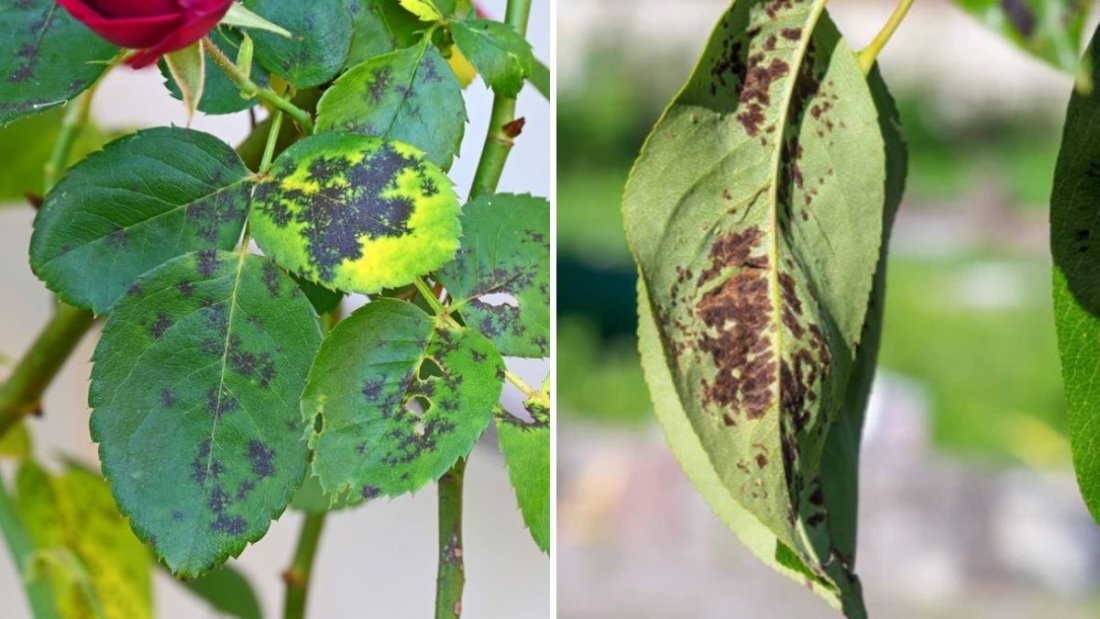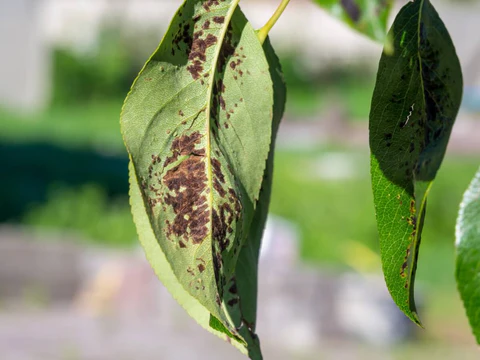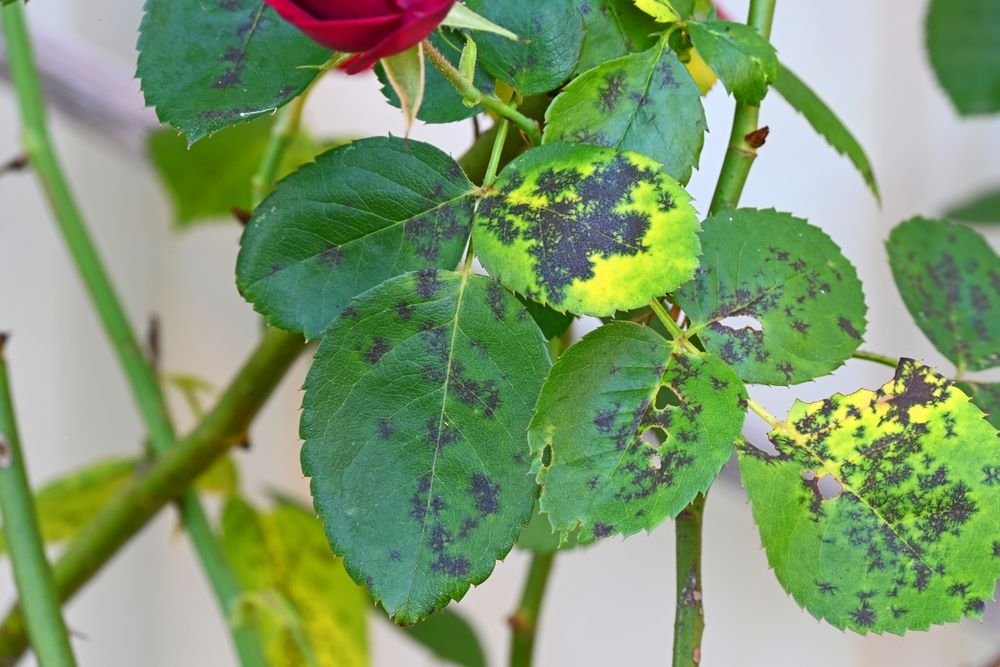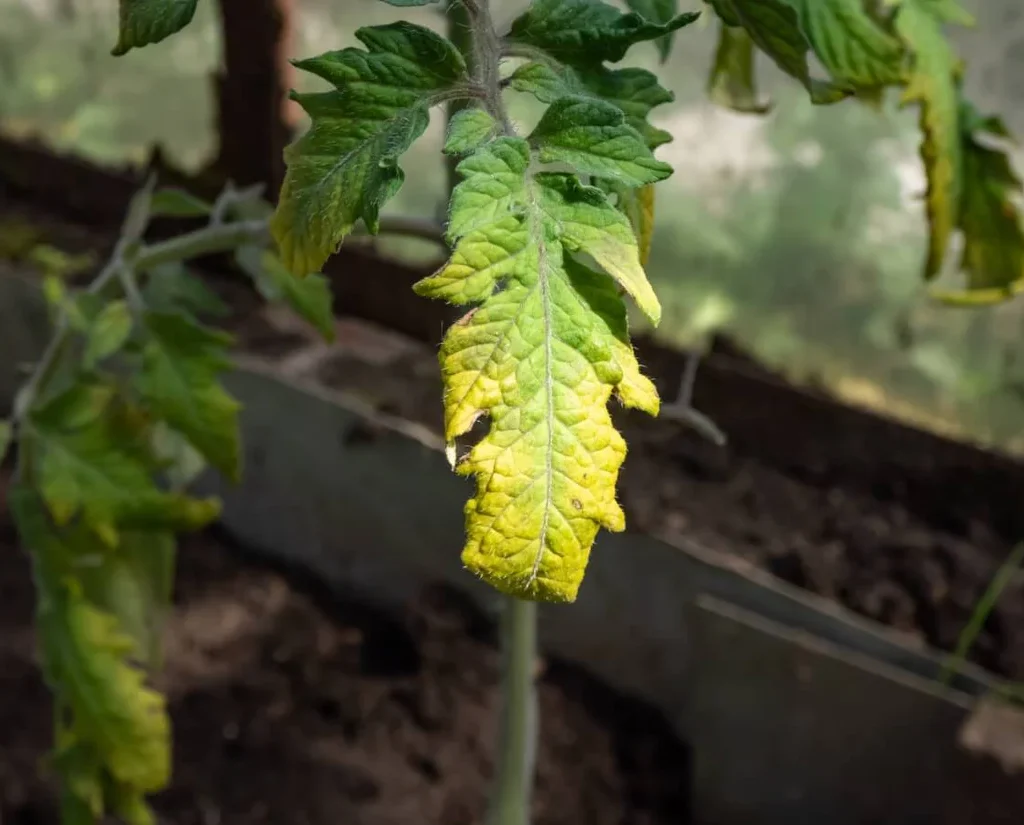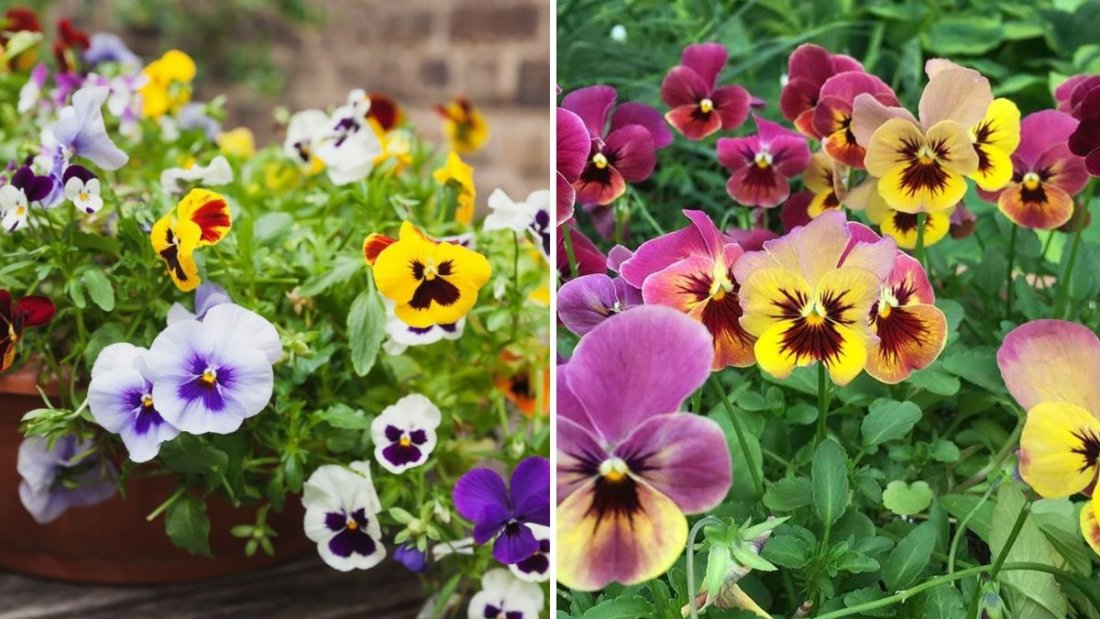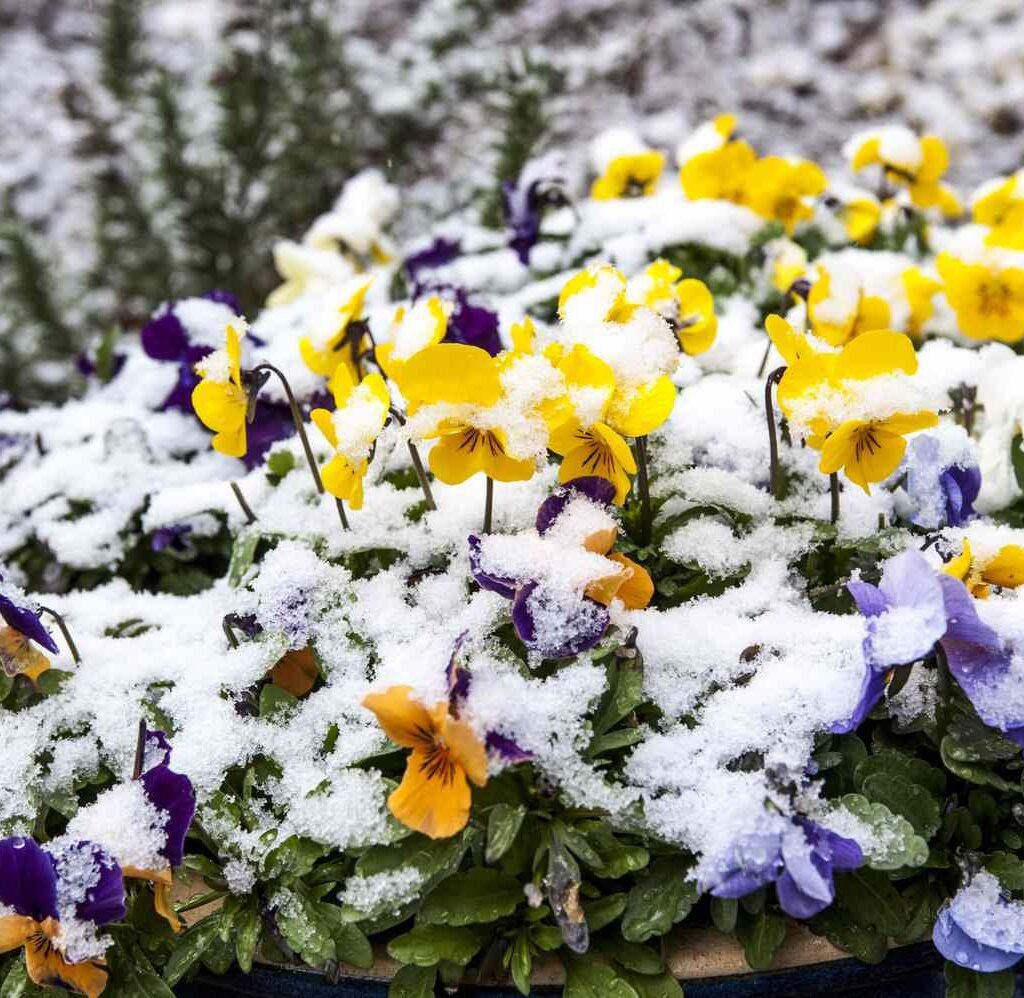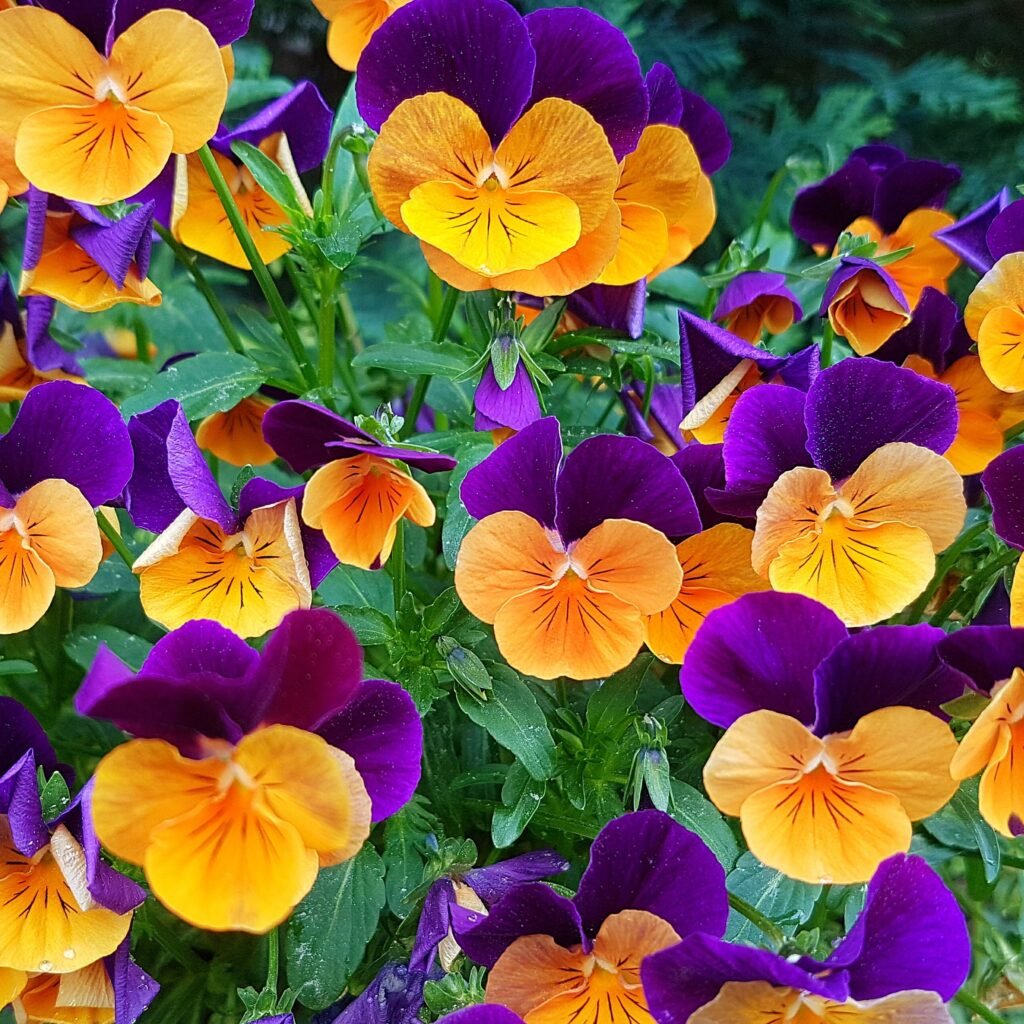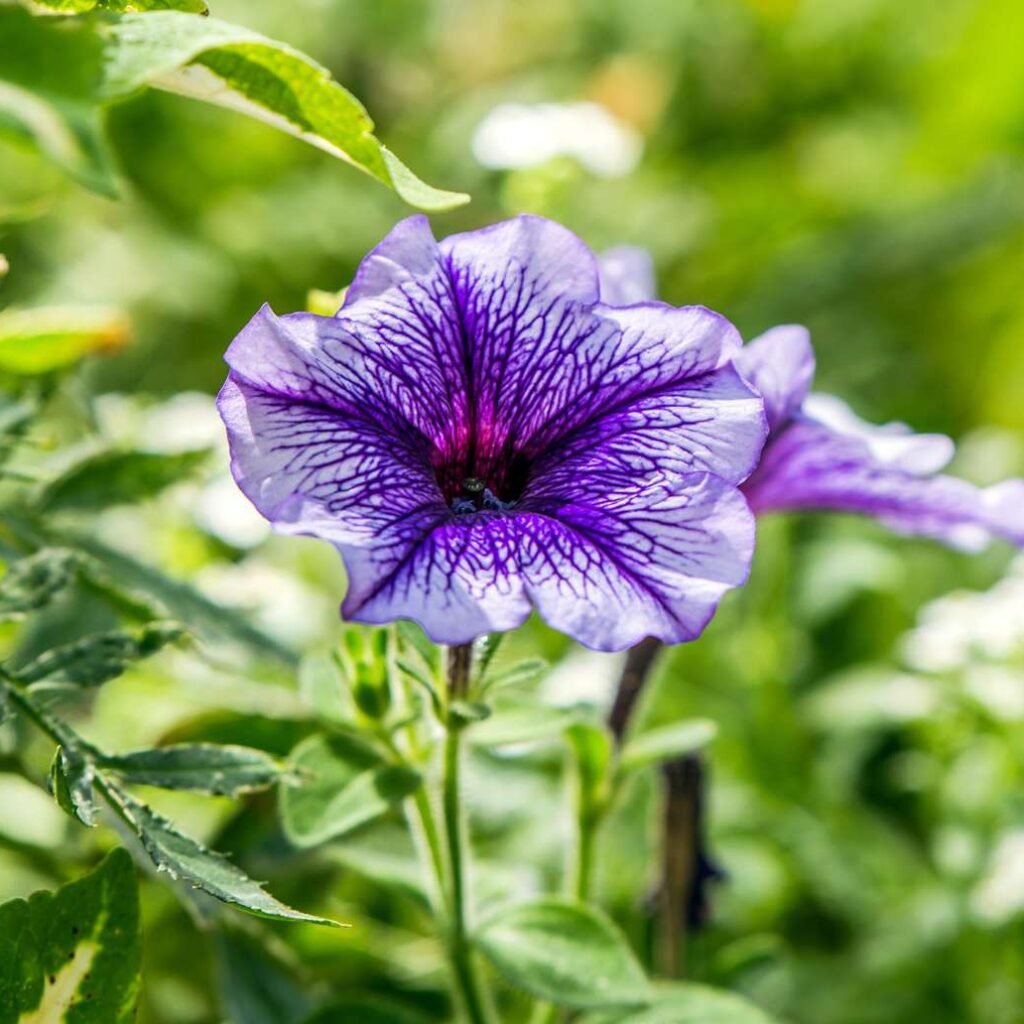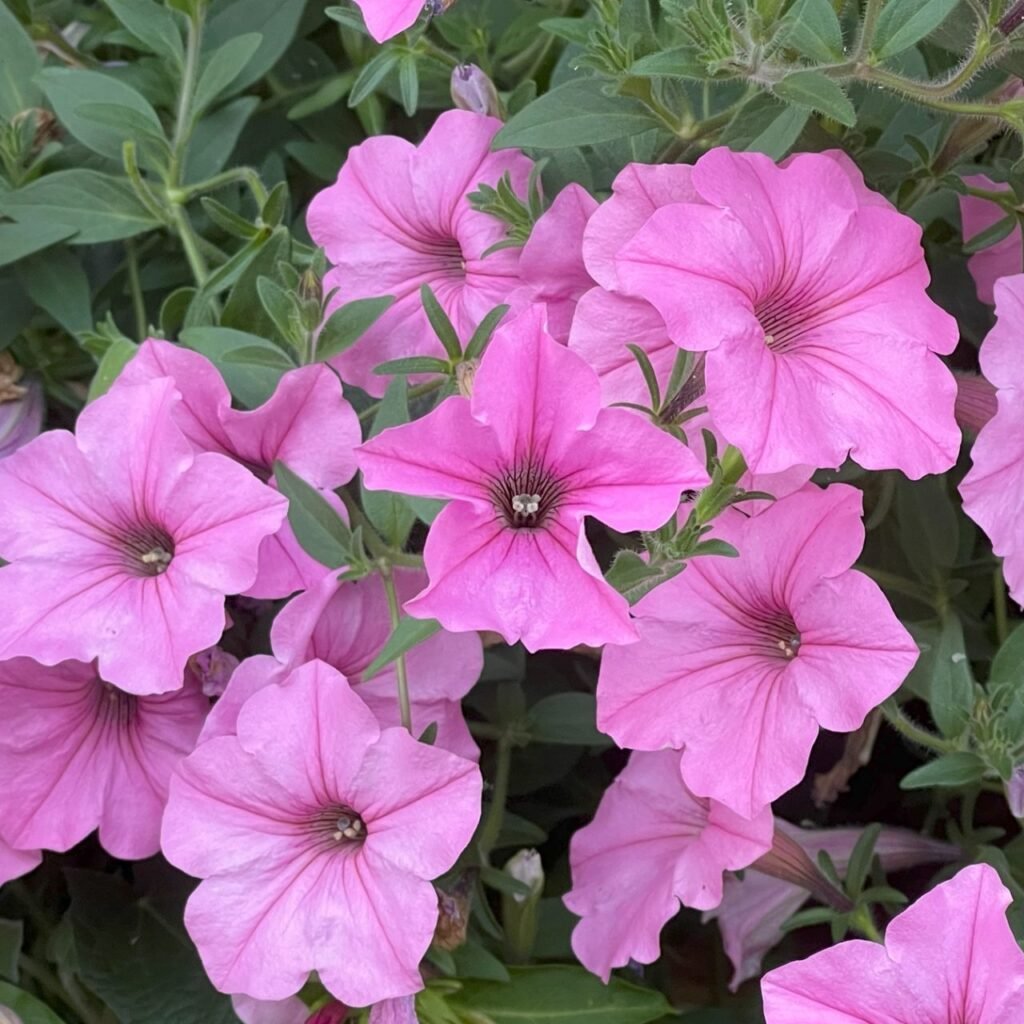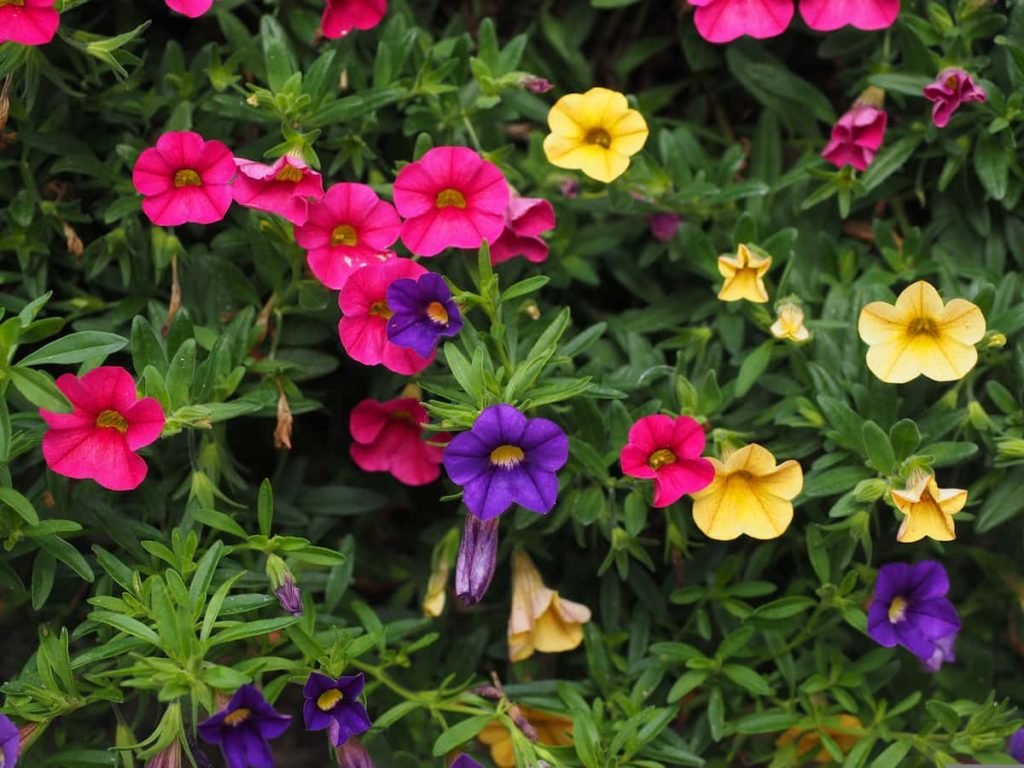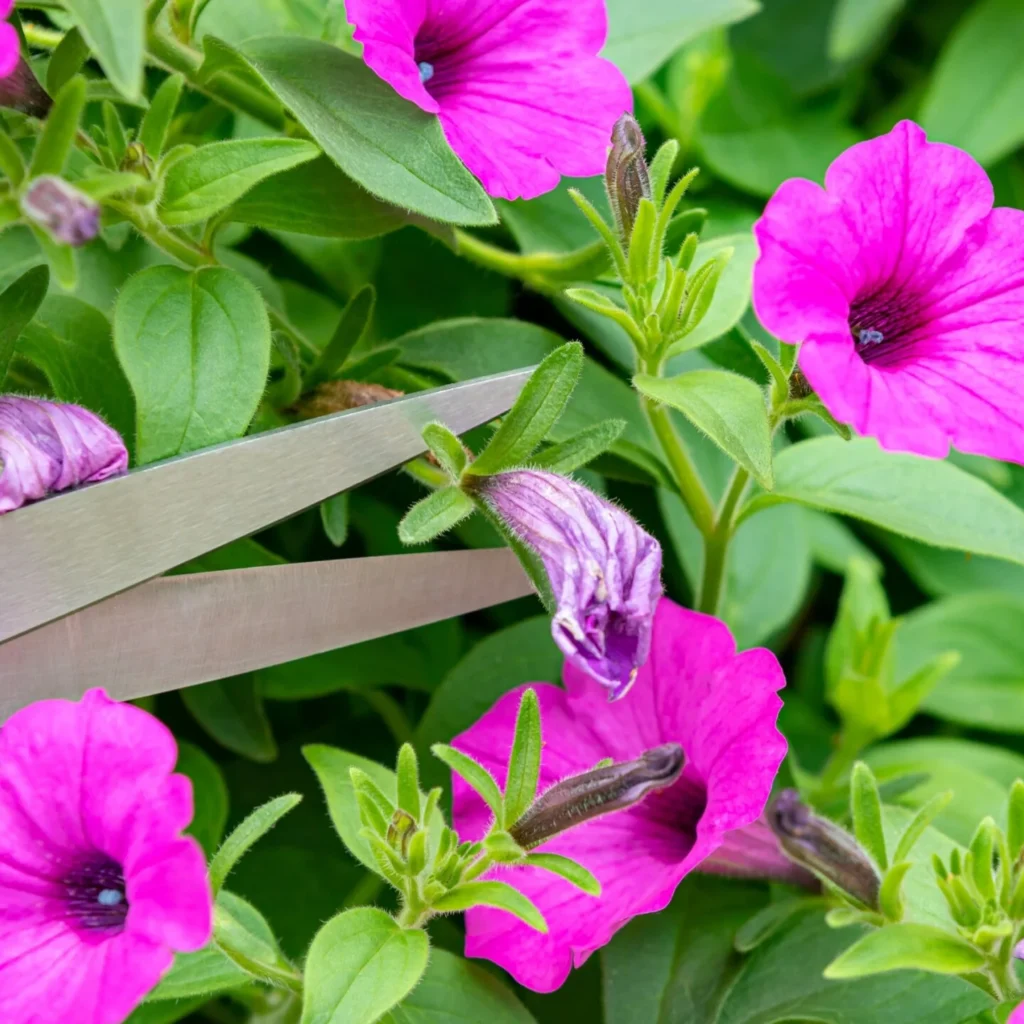Avibrant flower bed is the crown jewel of any garden, radiating color, fragrance, and life. However, flower beds can quickly lose their charm when plants begin to wilt, leaving a tired, lifeless appearance. Wilted flower beds are often caused by water stress, nutrient deficiencies, pests, diseases, or environmental stressors. Fortunately, with careful observation and timely action, most wilted flower beds can be revived quickly, restoring their beauty and health.
This guide provides step-by-step strategies to rejuvenate a wilted flower bed, including assessment, watering, soil management, pest control, pruning, and preventive care, ensuring your garden thrives all season long.
1. Understanding Why Flower Beds Wilt

The first step in revival is identifying the cause of wilting:
- Water Stress: Overwatering or underwatering can cause leaves to droop and stems to collapse.
- Heat Stress: Excessive sun or high temperatures can lead to temporary wilting.
- Nutrient Deficiency: Lack of essential nutrients such as nitrogen, potassium, or phosphorus can weaken plants.
- Soil Compaction: Poor soil aeration restricts root growth, preventing water and nutrient absorption.
- Pest or Disease Infestation: Aphids, fungal infections, root rot, or other issues can cause rapid wilting.
Tip: Carefully inspect leaves, stems, and soil to determine the primary cause before taking action.
2. Immediate Steps to Rehydrate Wilted Plants
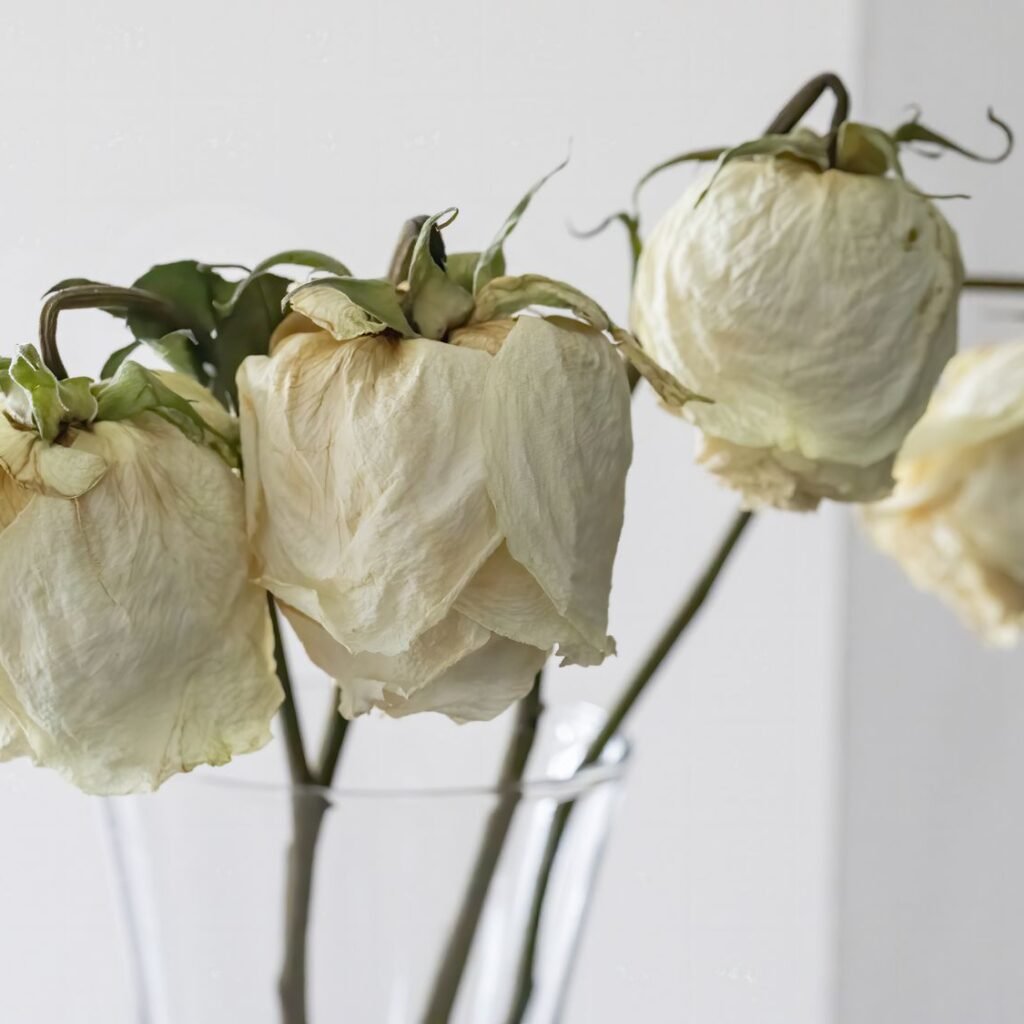
One of the quickest ways to revive wilted plants is through proper hydration:
a) Deep Watering
- Water the flower bed thoroughly, allowing water to reach the root zone.
- Use a garden hose with a gentle spray or a watering can to avoid disturbing the soil.
- Avoid shallow watering, which only moistens the surface.
b) Morning or Evening Watering
- Water during cooler parts of the day to minimize evaporation and prevent leaf burn.
c) Soaking Containers
- For potted plants, submerge pots in a bucket of water for 10–15 minutes to allow thorough absorption.
Tip: Check soil moisture by inserting a finger or a small trowel into the soil; it should be moist but not waterlogged.
3. Improving Soil Health for Long-Term Revival
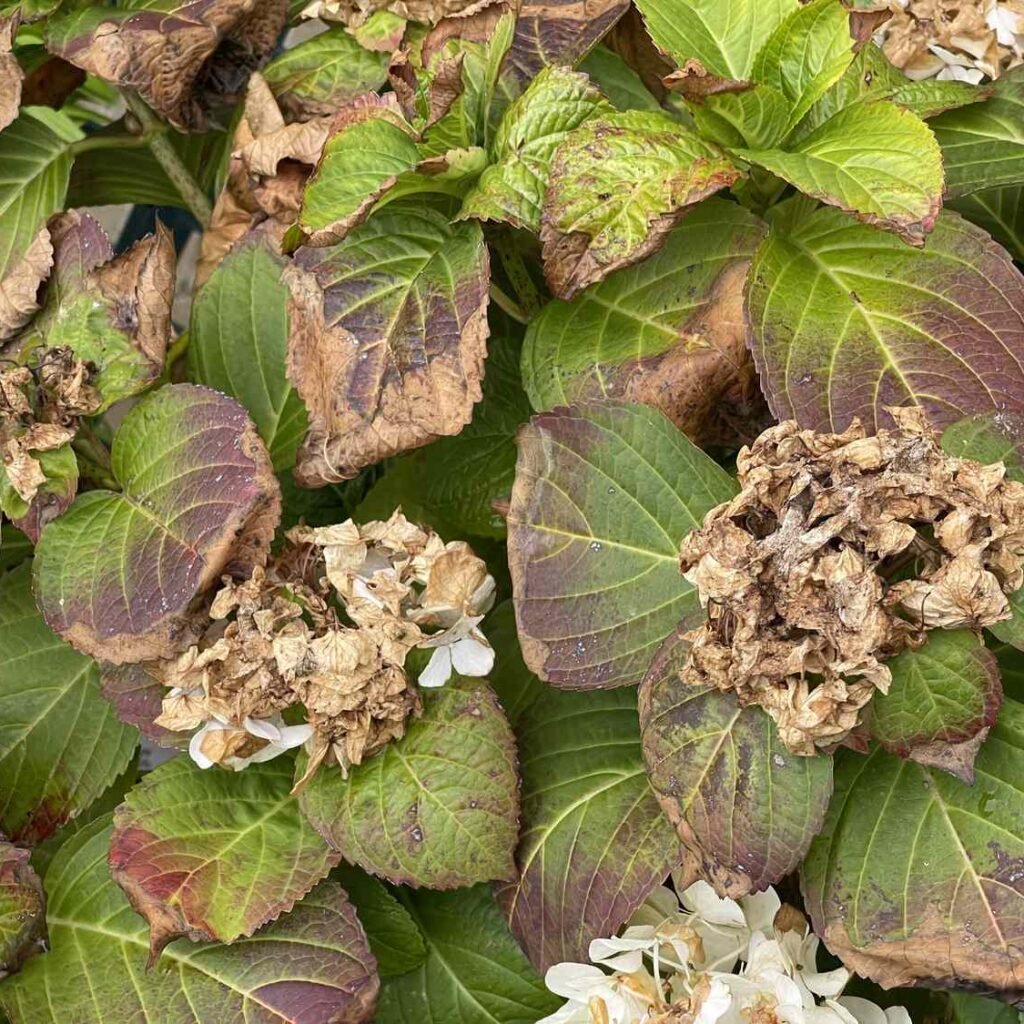
Healthy soil is essential for recovery and sustained plant growth:
- Aerate the Soil: Gently loosen compacted soil to improve root oxygenation and water penetration.
- Add Organic Matter: Incorporate compost, leaf mold, or well-rotted manure to boost nutrients and moisture retention.
- Mulch: Apply a 2–3 inch layer of mulch around plants to regulate soil temperature, retain moisture, and reduce stress.
Tip: Avoid piling mulch directly against plant stems, which can encourage rot.
4. Nutrient Management and Fertilization
Wilted plants often lack essential nutrients required for recovery:
- Balanced Fertilizer: Apply a slow-release or water-soluble fertilizer with a balanced ratio of nitrogen (for leaves), phosphorus (for roots and flowers), and potassium (for overall health).
- Liquid Fertilizers: Quick-acting liquid fertilizers or compost tea can help revitalize stressed plants rapidly.
- Foliar Feeding: Spray a diluted fertilizer solution on leaves to provide immediate nutrient absorption.
Tip: Avoid over-fertilizing, which can further stress wilted plants.
5. Pruning and Removing Damaged Growth
Pruning helps plants conserve energy and focus on recovery:
- Remove wilted, yellowed, or damaged leaves and stems.
- Cut back dead flowers or seed heads to encourage new growth.
- Thin overcrowded plants to improve airflow and reduce competition for nutrients.
Tip: Use clean, sharp pruning shears to prevent introducing pathogens.
6. Addressing Pest and Disease Issues

Wilted flower beds may be suffering from hidden pests or diseases:
- Pest Inspection: Check for aphids, spider mites, slugs, or caterpillars. Use natural controls like neem oil, insecticidal soap, or beneficial insects.
- Disease Management: Identify fungal infections like powdery mildew or root rot. Remove infected parts and apply organic fungicides if necessary.
- Preventive Measures: Rotate crops, avoid overhead watering, and maintain proper spacing to reduce disease pressure.
Tip: Early detection of pests and diseases prevents further wilting and supports recovery.
7. Adjusting Environmental Conditions
Wilted plants often need immediate environmental adjustments:
- Shade Protection: Provide temporary shade for sensitive flowers during heatwaves.
- Wind Protection: Use garden screens or temporary barriers to reduce stress from strong winds.
- Temperature Management: Mulch and water adequately to regulate soil temperature.
Tip: Minor adjustments in environmental factors can significantly improve recovery speed.
8. Encouraging Root Health
Strong roots are essential for a flower bed’s revival:
- Check for Root Problems: Carefully lift a plant to inspect roots; prune any rotten or damaged roots.
- Replanting: If roots are severely compacted or damaged, consider replanting in fresh, well-draining soil.
- Aeration: Gently loosen soil around roots to allow oxygen, water, and nutrients to penetrate.
Tip: Healthy roots absorb water efficiently, speeding up the revival process.
9. Using Companion Plants and Natural Boosters

Certain companion plants and natural additives can help revive stressed flower beds:
- Beneficial Companions: Plant herbs like basil or marigolds nearby to repel pests naturally.
- Compost Tea: Provides beneficial microbes and nutrients to encourage quick recovery.
- Seaweed Extracts: Stimulates root growth and strengthens plant resilience.
Tip: Natural boosters not only revive wilted plants but improve long-term garden health.
10. Creating a Recovery Plan for Wilted Flower Beds
A systematic approach ensures faster recovery:
- Assessment: Identify causes of wilting (water stress, pests, nutrient deficiency).
- Immediate Hydration: Deep water thoroughly, especially at the root zone.
- Soil Improvement: Aerate soil and apply organic matter.
- Fertilization: Use liquid or slow-release fertilizers for essential nutrients.
- Pruning: Remove damaged growth to focus energy on healthy stems.
- Pest and Disease Control: Inspect and treat naturally as needed.
- Environmental Adjustment: Provide shade or wind protection if necessary.
- Monitor: Check soil moisture, plant health, and new growth regularly.
Tip: Consistent follow-up care over 1–2 weeks often leads to visible recovery.
11. Preventing Future Wilting
Once your flower bed has recovered, implement preventive measures:
- Regular Watering Schedule: Water deeply but infrequently to encourage strong root growth.
- Mulching: Maintain soil moisture and regulate temperature.
- Seasonal Fertilization: Keep soil fertile with periodic organic amendments.
- Pest Monitoring: Early detection prevents infestations.
- Plant Selection: Choose resilient, heat-tolerant, or drought-resistant flowers for vulnerable areas.
Tip: Healthy, well-maintained flower beds are less likely to wilt during environmental stress.
12. Design Tips to Minimize Stress
Thoughtful flower bed design can reduce future wilting:
- Plant Grouping: Group plants with similar water and sunlight requirements.
- Layering: Place taller plants at the back to provide natural shade to smaller, delicate flowers.
- Bordering and Edging: Protect flowers from wind and heavy foot traffic.
- Drainage Management: Use raised beds or improve soil drainage to avoid waterlogging.
Tip: Well-planned design enhances both aesthetics and plant health.
Conclusion
Reviving a wilted flower bed is possible with timely observation, proper hydration, soil management, pruning, and natural pest control. By addressing the root causes of wilting and providing consistent care, you can restore vitality and beauty to your garden quickly.
Key takeaways:
- Identify the cause of wilting—water stress, nutrient deficiency, pests, or disease.
- Hydrate plants deeply and appropriately.
- Improve soil aeration and add organic matter.
- Fertilize with balanced or liquid nutrients.
- Prune damaged or dead growth.
- Manage pests and diseases naturally.
- Adjust environmental conditions like shade and wind protection.
- Encourage strong root health through inspection and aeration.
- Use companion plants and natural boosters for quick recovery.
- Monitor and implement preventive strategies to avoid future wilting.
With proper care, a wilted flower bed can be transformed back into a vibrant, thriving display in just a few days to weeks, ensuring your garden remains a source of beauty and relaxation year-round.

